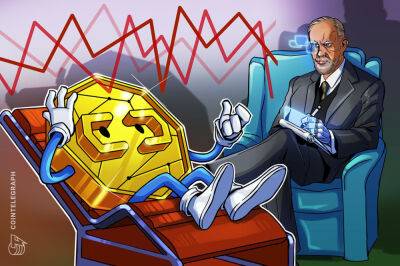Terra’s meltdown highlights benefits of CEX risk-management systems
The collapse of Terra’s ecosystem — namely, native coin LUNA and algorithmic stablecoin TerraUSD (UST) — rocked the wider blockchain and cryptocurrency ecosystem. Not only did Terra-ecosystem tokens (such as Anchor’s ANC) collapse in value, but the widespread fear, uncertainty and doubt sent market-leading cryptocurrencies Bitcoin (BTC) and Ether (ETH) below $27,000 and $1,800, respectively, on some exchanges.
As of the time that I’m writing this article, the cryptocurrency market still hasn’t recovered — even if Terra’s contagion has been mostly contained.
Related: What happened? Terra debacle exposes flaws plaguing the crypto industry
Crypto market participants — and especially those involved with LUNA and UST — were wiped out in the collapse of the two assets. For people who were staking the supposedly safe “stablecoin” tenuously pegged to the dollar to earn interest, the UST death spiral was absolutely brutal. Not just hedge funds, but regular individuals lost a lot of money. In some cases, they lost their life savings.
Unfortunately, most regular users (and even some of the hedge funds) were unaware of the risks involved with staking algorithmic stablecoins, despite a history of experimental failures on the algo-stable front and no successful implementations.
Regulators were quick — almost too quick — to use Terra’s dramatic unwinding as an example of why stablecoin (and decentralized finance) regulation is required. United States Treasury Secretary Janet Yellen was quick to mention the event in a Congressional hearing of the House Financial Services Committee on the Financial Stability Oversight Council’s Annual Report to Congress, where she requested lawmakers develop a “consistent federal framework” on stablecoins in
Read more on cointelegraph.com










